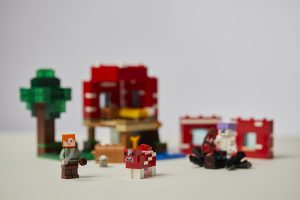Out in November 2024: Toy Theory: technology and imagination in play. The MIT Press
A novel interpretation of the history and theory of technology from the perspective of toys, play, and play objects.
Toy Theory addresses the relationships between toys and technology in two distinct, but overlapping ways: first, as under-examined cultural artifacts and behaviors with significant technical attributes, and secondly, as playful and toy-like dimensions of technology at large. Seth Giddings sets out a “toy theory” of technology that emphasizes the speculative, the experimental, and non-instrumental in technological paradigms and argues that children’s playthings, rather than being the most ephemeral and inconsequential of technical devices, instead offer analytical and anthropological resources for understanding the materiality and imaginaries of technology over time.
After defining toy theory in general and conceptual terms, Giddings examines different types of toys to explore shifting relationships between the microcosmic symbolic or mimetic content, material and technical constitution, and modes of play of toys and toy-related artifacts on the one hand, and prevailing, macrocosmic, technological paradigms and imaginaries on the other. Taking a broad historical and genealogical view, Giddings traces contemporary postdigital toy and play culture to precedents from the neolithic through to the Enlightenment to consumer culture from the early nineteenth century to the present day.
For excerpts and extra material, click the Toy Theory category in the main menu.
Contents:
Introduction / chapter 1: toy-being / chapter 2: dolls / chapter 3: toy soldiers / chapter 4: construction toys / chapter 5: robots / chapter 6: cinema toys / chapter 7: toy systems and conclusion
